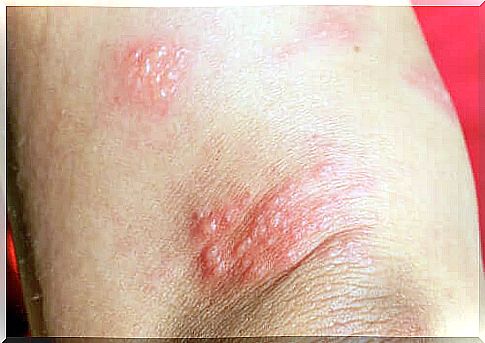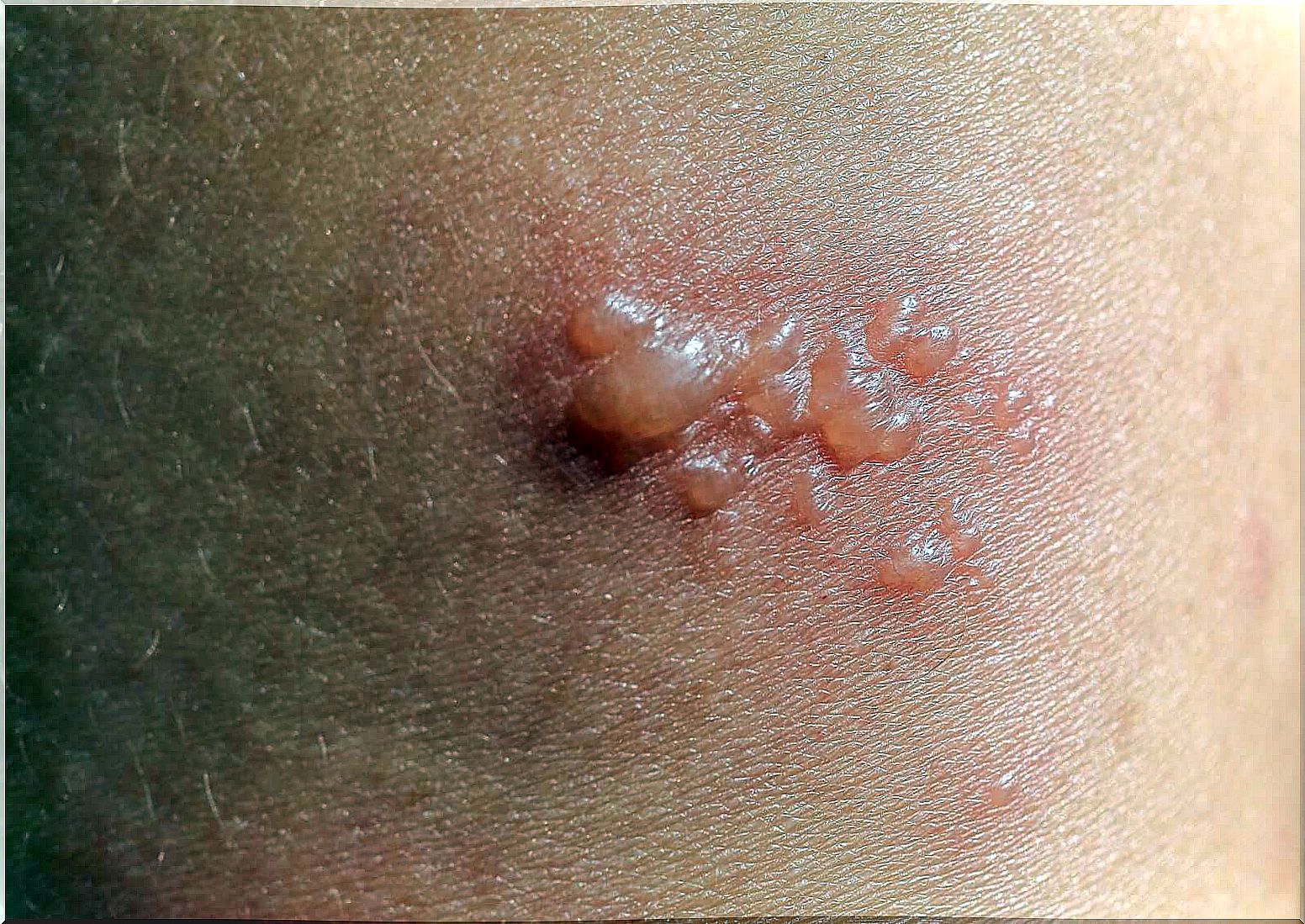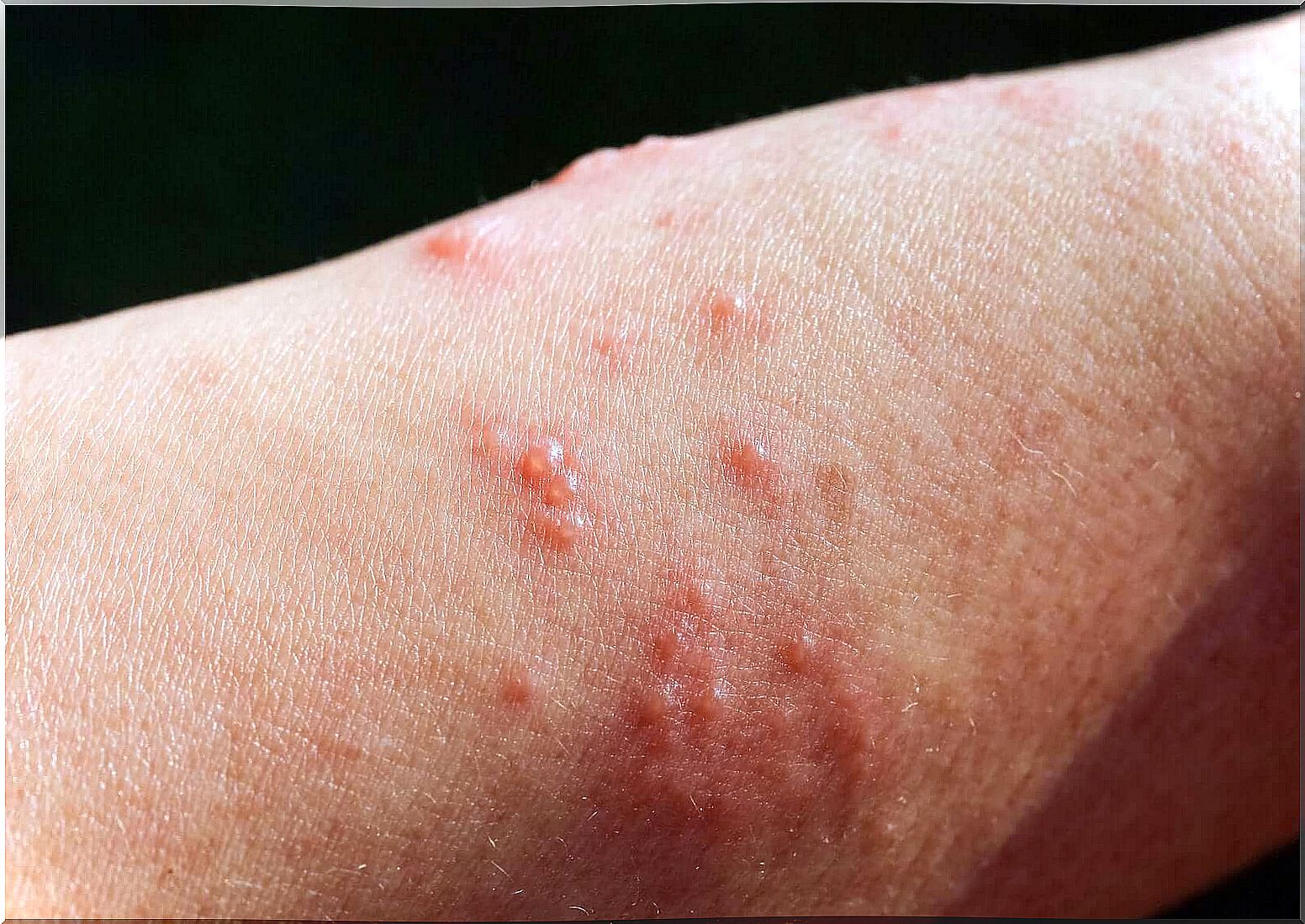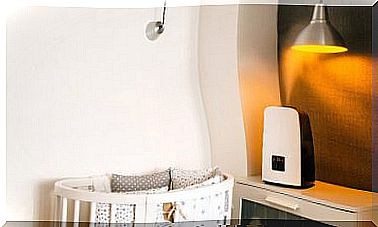What Is Gestational Pemphigoid?

Pregnancy is usually one of the happiest phases for a woman. However, there may be pathologies specific to the state of pregnancy that alter your quality of life. Gestational pemphigoid is a rare, autoimmune, bullous and pregnancy-specific dermatosis. In turn, its clinical manifestations are similar to bullous pemphigoid.
Why does gestational pemphigoid occur?
Gestational pemphigoid is most frequently triggered during the third trimester. However, it can occur during the three trimesters or after delivery.
Skin lesions are generated by an autoimmune process in which autoantibodies are involved. That is, the immune system mistakenly initiates an attack on its own skin.
However, the problem resolves spontaneously within two months after delivery, except in rare cases where it may persist for longer. According to Orphanet rare disease studies , gestational pemphigoid is estimated to occur in one of every 40,000 – 50,000 pregnancies, with no differences in terms of ethnic distribution.

Clinical manifestations
The eruption of gestational pemphigoid is polymorphic. Itching is the predominant symptom of the condition, which can sometimes precede the appearance of skin lesions.
The pruritus begins in the periumbilical region, where several reddish papules, urticarial erythematous plaques or erythema multiforme soon appear. After about 3 weeks, the papules progress from vesicles to tight, reddish, large, fluid-filled blisters.
Initially localized lesions begin to spread to the abdomen, limbs, and the rest of the body. However, they do not usually affect the mucous membranes and the face.
At the time of delivery, the disease can reactivate in 75% of cases. However, gestational pemphigoid lesions usually disappear around 15 weeks after delivery, leaving no blemishes or scars.
Possible differential diagnosis
The differential diagnosis to be ruled out when evaluating lesions in a consultation with a specialist physician is another skin rash called PPUPG (urticarial, pruritic papules and plaques of pregnancy).
PPUPG is a pruritic dermatosis of pregnancy in which the clinical manifestations are very similar to those of gestational pemphigoid. Their similarities are as follows:
- Both begin to manifest in the periumbilical region.
- They manifest most frequently in the third trimester.
- The rash spontaneously disappears weeks after delivery.
There are very few features to differentiate the two pathologies. However, PPUPG does not usually evolve into large, fluid-filled blisters, and when it expands, it also spreads to the legs and armpits.
How to arrive at the correct diagnosis?
The definitive diagnosis is made at the specialist physician’s office based on the patient’s signs and symptoms. According to your criteria and clinical findings at the time of physical examination, the professional will indicate or not the biopsy of the lesion.
This procedure is performed under local anesthesia so that a part of the lesion can be removed and sent to the laboratory for analysis. The doctor may even consider taking blood for further analysis of blood antigen levels.
Treatment and control of gestational pemphigoid
The treatment of gestational pemphigoid will depend on the stage of the skin lesions and the severity of the clinical condition. According to Dermatologic Clinics , two of the treatment’s premises are as follows:
- Relieve the itching of the pregnant woman.
- Avoid generating new bubbles.
Corticosteroids
In mild cases, topical corticosteroid creams are indicated to reduce itching and inflammation of the injured area. During pregnancy, mild or moderate topical corticosteroids are preferred over strong or very strong.
Antihistamines
Treatments with topical corticosteroids and oral antihistamines can be combined to potentiate the itching-reducing effect. Second-generation antihistamines (cetirizine, levocetirizine and loratadine) are recommended for use during pregnancy.

It is always necessary to consult the obstetrician before taking any medication during pregnancy, even if it is over-the-counter.
Hygiene and care measures
In mild cases, certain measures are generally recommended to be implemented at home to help reduce itching:
- Keep your skin fresh and hydrated.
- Stay in environments with mild temperature or with air conditioning.
- Wear 100% cotton clothing and avoid synthetic fabrics.
Gestational pemphigoid and quality of life
In short, the symptoms caused by the disease can lead to a certain frailty in pregnant women. However, gestational pemphigoid does not pose a direct risk to the health of the mother. Thus, a multidisciplinary approach between gynecologist, obstetrician and dermatologist is necessary to ensure a coordinated and adequate follow-up.









